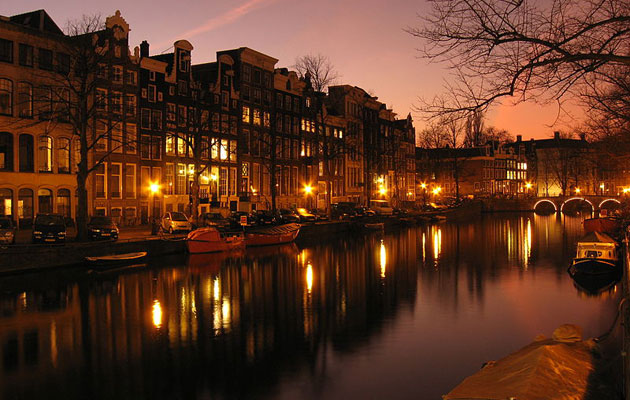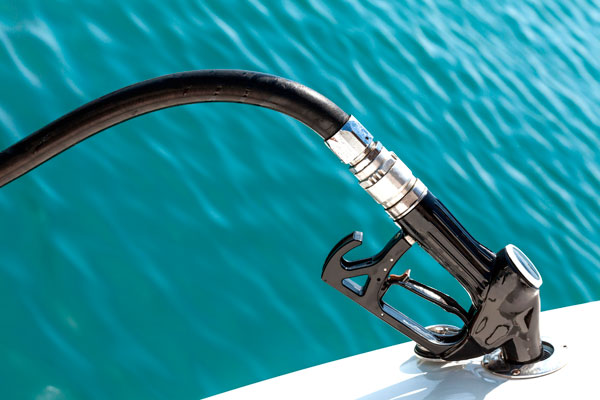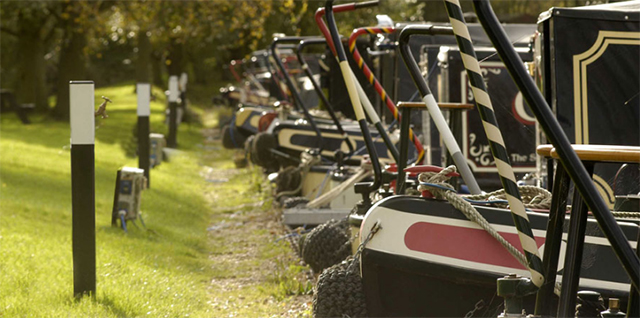Inland cruising offers a beautiful and peaceful alternative to coastal cruising
Most hire companies for narrowboats will provide the necessary equipment such as lifejackets and ropes, however there are certain things you might find it useful to pack, no matter whether you’re cruising on your own boat, or hiring a vessel. Without trying to teach Granny to suck eggs, here are some tips on what to take:
- Deck shoes or non-slip shoes
- Plenty of warm clothing
- Blankets – surprisingly, the best things on a cold early morning start
- Clothes and shoes for trips on land, especially for walks: walking boots, gloves
- Torches
- Charts for the waters you’re cruising
- A language dictionary if you’re going abroad. This makes life so much easier when you need to know the lingo for ‘une place du port.’
- A camera!
Inland cruising UK

Credit: Canal and River Trust
With over 7,700 miles of coastline leading to 3,000 miles of canals and waterways, the UK offers plenty of opportunity to get out on the water and discover a relatively unexplored, and quintessentially British part of the UK.
The options are varied for cruising the British inland waterways including broad and narrow canals and navigable rivers, allowing passage for narrowboats, motor cruisers and traditional gaff rigs (Norfolk broads), and the option to both rent or take your own vessel on cruises.
The UK is snaked with waterways around London, Essex, South West, Thames Valley, West Midlands, East Midlands, Kent, Suffolk, Scotland and Wales.
You can tailor the cruise to your liking; some cruises have no locks for miles, whereas others require careful lock navigation (such as in a cruising ring), or city cruises, which have plenty to do onshore.
Tuition is widely available, especially if you are hiring, for which most companies provide the necessary training. The RYA offers a one-day ‘Inland waters helmsman’s course’. The course is aimed at beginners and covers the basic knowledge needed to safely navigate the inland waterways. The RYA also publish waterway guidebooks.
There are inland clubs along the waterways, many of which welcome new cruisers and guests, giving the opportunity to meet fellow waterway cruisers. This may help to make a new cruiser feel more confident, perhaps sharing cruises or travelling together with old hands.
Inland cruising abroad
With endless miles of available rivers and canals to cruise, inland cruising abroad is a truly fantastic way to experience another country.
The majority of canals in Europe are fine for seagoing pleasure boats, although masts and radio arches will have to be lowered for some bridges and tunnels. With inland moorings tending to be cheaper than coastal harbours, there’s every reason to visit the beautiful foreign waters.
Different rules and regulations apply for each country so it’s worth being prepared before you leave the UK.
Some inland cruising abroad can be somewhat rigid, as in Belgium for example, where it is necessary to carry a radar licence, a copy of the Belgium Inland Waterways regulations, and it is recommended skippers carry documentation to prove the red diesel in the tanks was purchased in the UK.
Don’t let this put you off though – taking our Grand Banks 36 through Brugge and Willemstadt in Belgium and Holland remains one of my favourite holiday memories to date.
Using the inland waterways can also allow you to explore some of the most beautiful capitals in Europe. There are central moorings in cities such as Amsterdam, Berlin, Budapest and Paris plus the surrounding towns and villages are usually welcoming to visitors – especially if you’re willing to attempt the odd local word! With easy-to-navigate canals, traditional town quays, island moorings and modern marinas, the beauty of seeing these places from the water more than makes up the long lead time to arrival.
No fines for use of red diesel in UK vessels visiting Belgium
There will now be no Belgian fines or penalties for UK vessels visiting Belgium with UK marine red diesel in…
Canal and River Trust wants boaters’ feedback on London mooring strategy consultation
The Canal and River Trust is asking boaters to complete a survey to help the charity make better use of…






